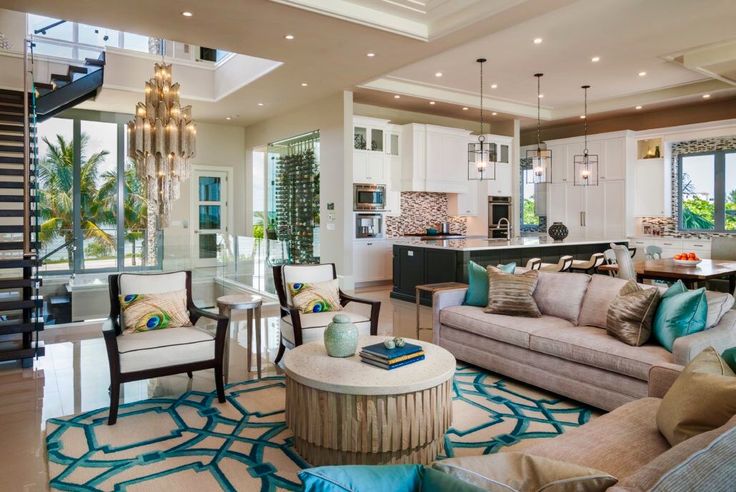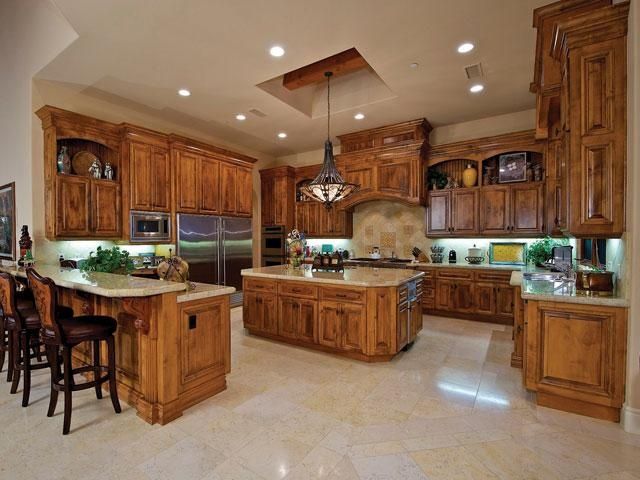The Art of Zoning: Clever Furniture Arrangements for Multi-Use Living Rooms
The Art of Zoning: Clever Furniture Arrangements for Multi-Use Living Rooms – Modern living spaces are increasingly multifunctional, catering to a range of activities from entertaining guests to working remotely. A thoughtfully designed living room can seamlessly accommodate various purposes while maintaining a cohesive and inviting aesthetic. In this article, we delve into the art of zoning—strategic furniture arrangements that create distinct areas within a single space—and provide practical tips to optimize your multi-use living room.
Understanding Zoning
Zoning involves dividing a space into designated areas, each serving a specific purpose. In a multi-use living room, these zones could include a seating area for relaxation, a workspace, a dining nook, and even a play corner for children. Effective zoning ensures that each function is accommodated without compromising on style or comfort.
Key benefits of zoning include:
- Maximized Space Utilization: Every square foot serves a purpose.
- Improved Organization: Clearly defined zones reduce clutter and confusion.
- Enhanced Aesthetics: Thoughtful arrangements create a balanced and visually pleasing environment.
Planning Your Multi-Use Living Room
Before arranging furniture, assess your needs and prioritize the functions your living room must support. Consider the following:
- Room Size and Shape: The dimensions and layout of your room will influence zoning possibilities.
- Lifestyle Requirements: Identify essential activities, such as working, dining, or socializing.
- Traffic Flow: Ensure pathways between zones remain unobstructed.
- Design Preferences: Choose a cohesive color palette and decor style to unify the space.
Clever Zoning Strategies
1. Use Furniture to Define Zones
Furniture placement is a powerful tool for creating distinct areas. For instance:
- Sofas and Sectionals: Positioning a sofa perpendicular to a wall can delineate a seating area while leaving room for other zones behind it.
- Bookshelves and Room Dividers: Open shelving units can separate spaces without blocking natural light, adding functionality and storage.
- Rugs: Using different rugs for each zone visually anchors them while maintaining unity.
2. Optimize Vertical Space
In compact living rooms, vertical space becomes a valuable asset:
- Install wall-mounted desks or foldable tables to create a workspace.
- Use floating shelves for storage and decor, freeing up floor space.
- Hang plants or lighting to define zones without encroaching on usable space.
3. Multi-Functional Furniture
Invest in furniture that serves multiple purposes:
- Ottomans with Storage: These can function as seating, a coffee table, or hidden storage.
- Sofa Beds: Ideal for small spaces, allowing a living room to double as a guest room.
- Extendable Dining Tables: Compact for daily use but expandable when entertaining.
4. Layered Lighting
Lighting plays a critical role in defining zones and setting the mood:
- Task Lighting: Desk lamps and pendant lights provide focused illumination for work or dining.
- Ambient Lighting: Overhead fixtures and floor lamps create a warm and inviting atmosphere.
- Accent Lighting: Highlight artwork or architectural features to add depth and interest.
5. Incorporate Visual Barriers
If privacy is a concern, use visual barriers to separate zones:
- Curtains or Sliding Panels: These can create a flexible divide between areas.
- Greenery: Tall plants or planters add a natural and aesthetic partition.
- Folding Screens: Easily movable, these offer versatility and style.
Designing for Specific Needs
1. Living Room + Workspace
With remote work becoming more common, many living rooms now double as offices. To maintain productivity without compromising relaxation:
- Choose a compact desk that blends with the room’s decor.
- Use a comfortable yet ergonomic chair that complements other furniture.
- Keep office supplies organized with stylish storage solutions, such as decorative boxes or baskets.
- Install noise-reducing curtains or carpets to minimize distractions.
2. Living Room + Play Area
For families with children, integrating a play area into the living room can be challenging. Keep it functional and tidy with these tips:
- Dedicate a corner to toys and activities, using colorful storage bins.
- Choose durable and easy-to-clean materials for furniture and flooring.
- Use low shelving or a toy chest that doubles as seating.
- Incorporate playful decor that aligns with the overall design.
3. Living Room + Dining Area
Combining dining and lounging zones requires careful planning:
- Use a slim dining table or a fold-out option to save space.
- Opt for armless chairs that can double as extra seating in the living area.
- Hang a pendant light above the dining table to define the zone.
- Place a rug under the dining set to visually separate it from the seating area.
Maintaining Balance and Harmony
A successful multi-use living room strikes a balance between functionality and aesthetics. Keep these principles in mind:
- Cohesive Color Scheme: Use a unified palette to tie different zones together.
- Consistent Style: Stick to one decor style, such as modern, rustic, or eclectic, to avoid visual clutter.
- Declutter Regularly: Keep surfaces clean and organized to maintain a serene atmosphere.
- Adaptability: Be open to rearranging furniture as needs change over time.
Final Thoughts
The art of zoning transforms a single room into a versatile and harmonious space. By understanding your needs, planning thoughtfully, and employing clever furniture arrangements, you can create a multi-use living room that caters to every aspect of modern living. Whether it’s for work, play, dining, or relaxation, strategic zoning ensures that your living space is as functional as it is beautiful.






